Biology > GIZMOS > GIZMOS IdentifyingNutrients macromolecules.pdf. Rated A+. 100% approved pass rate. (All)
GIZMOS IdentifyingNutrients macromolecules.pdf. Rated A+. 100% approved pass rate.
Document Content and Description Below
Student Exploration: Identifying Nutrients Vocabulary: carbohydrate, disaccharide, lipid, monosaccharide, polysaccharide, protein, starch Prior Knowledge Questions (Do these BEFORE using the Gizmo.)... 1. What are the major types of nutrients you can get from food? ________________________ _________________________________________________________________________ 2. How are these nutrients used by your body? _____________________________________ _________________________________________________________________________ _________________________________________________________________________ _________________________________________________________________________ Gizmo Warm-up Have you ever wondered what is in your food? Scientists use a variety of tests to determine the nutritional content of food. You will learn four of those tests with the Identifying Nutrients Gizmo™. 1. Below the Food samples label, drag tube A into the Food sample holder. Below the Benedict test, click the Test button. What is done in the Benedict test? ___________________________________________ ___________________________________________ ___________________________________________ 2. The Benedict test is a test for monosaccharides; simple sugars like glucose or fructose (fruit sugar). In contact with monosaccharides, the Benedict solution turns from blue to green to orange. Does Sample A contain monosaccharides? _________ Note: Disaccharides such as sucrose (table sugar) and lactose (milk sugar) are more complex than monosaccharides. The Benedict test does not detect disaccharides directly. carbohydrates, lipids, nucleic acids proteins for energy they dropped it in the tube, and put it in the boiling and it turned orange. No Activity A: Identifying nutrients Get the Gizmo ready: Click Reset. Drag Sample A into the Food sample holder. Introduction: Most food is composed of three types of molecules: carbohydrates, proteins, and lipids. Carbohydrates such as starches and sugars are major source of energy. Simple sugars are found in sweets and fruits. Starches are found in potatoes, cereal, pasta, flour, and other plant products. Proteins are used in body structures such as muscles, skin, and hair. Rich sources of proteins include meats, dairy products, and beans. Lipids (fats and oils) are used for energy, insulation, and as an essential building block of cells. Meats, dairy products, and oily plants such as olives are rich in lipids. Question: How do you test for carbohydrates, proteins, and lipids? 1. Test: Under the Benedict test, click Test. Does sample A contain monosaccharides? _____ (Recall that an orange color is a positive test for monosaccharides.) 2. Test: The Lugol test uses iodine to test for starch [Show More]
Last updated: 1 year ago
Preview 1 out of 4 pages
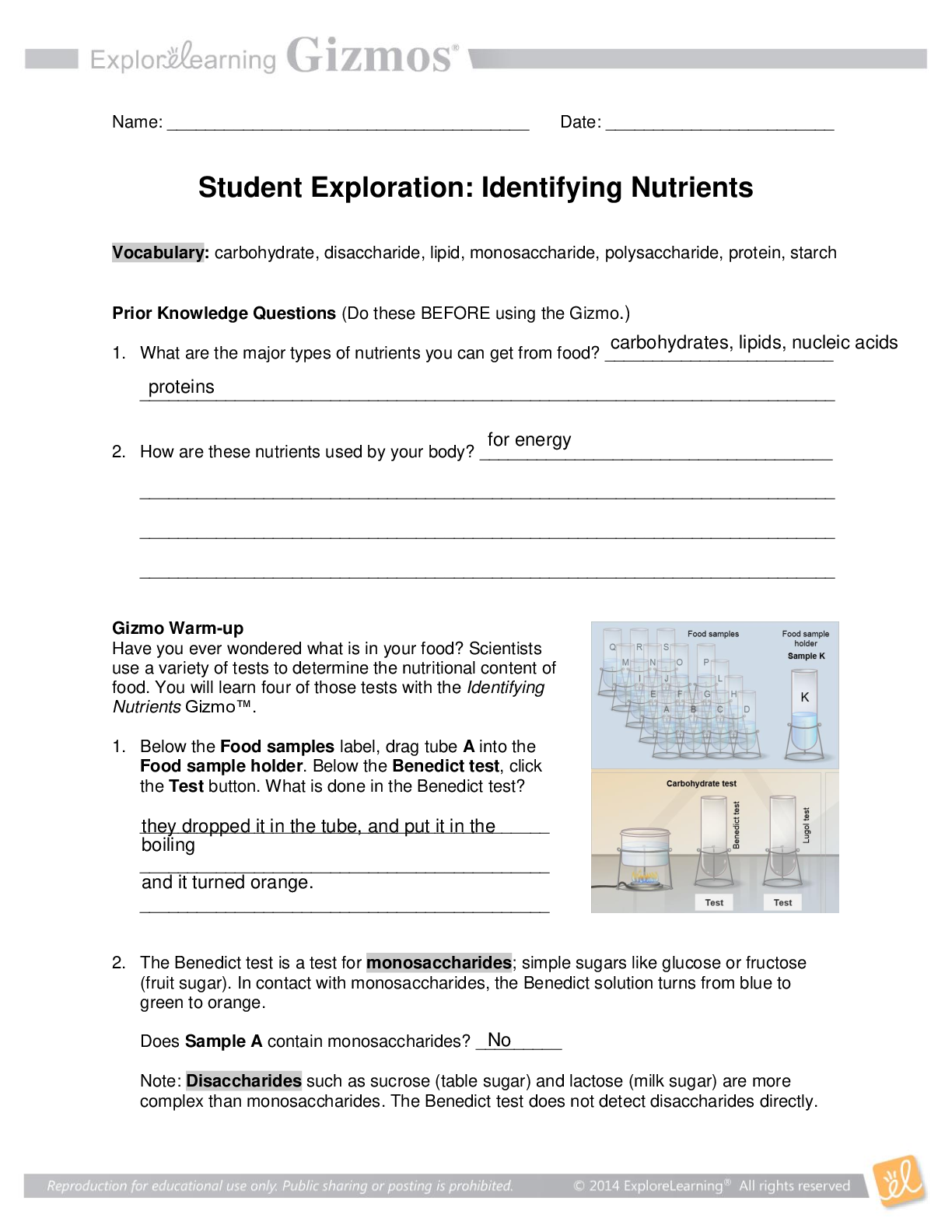
Reviews( 0 )
Document information
Connected school, study & course
About the document
Uploaded On
Mar 29, 2022
Number of pages
4
Written in
Additional information
This document has been written for:
Uploaded
Mar 29, 2022
Downloads
0
Views
41

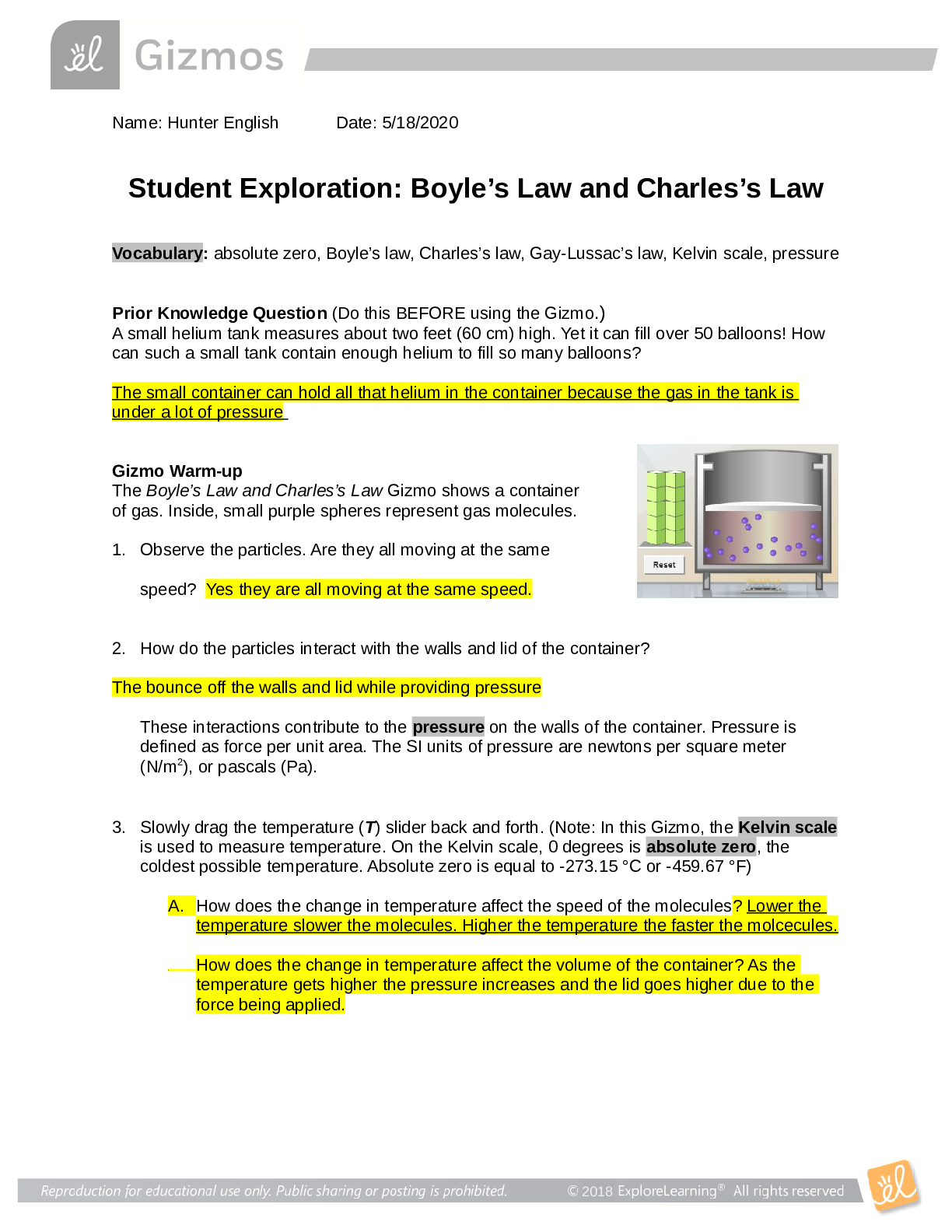

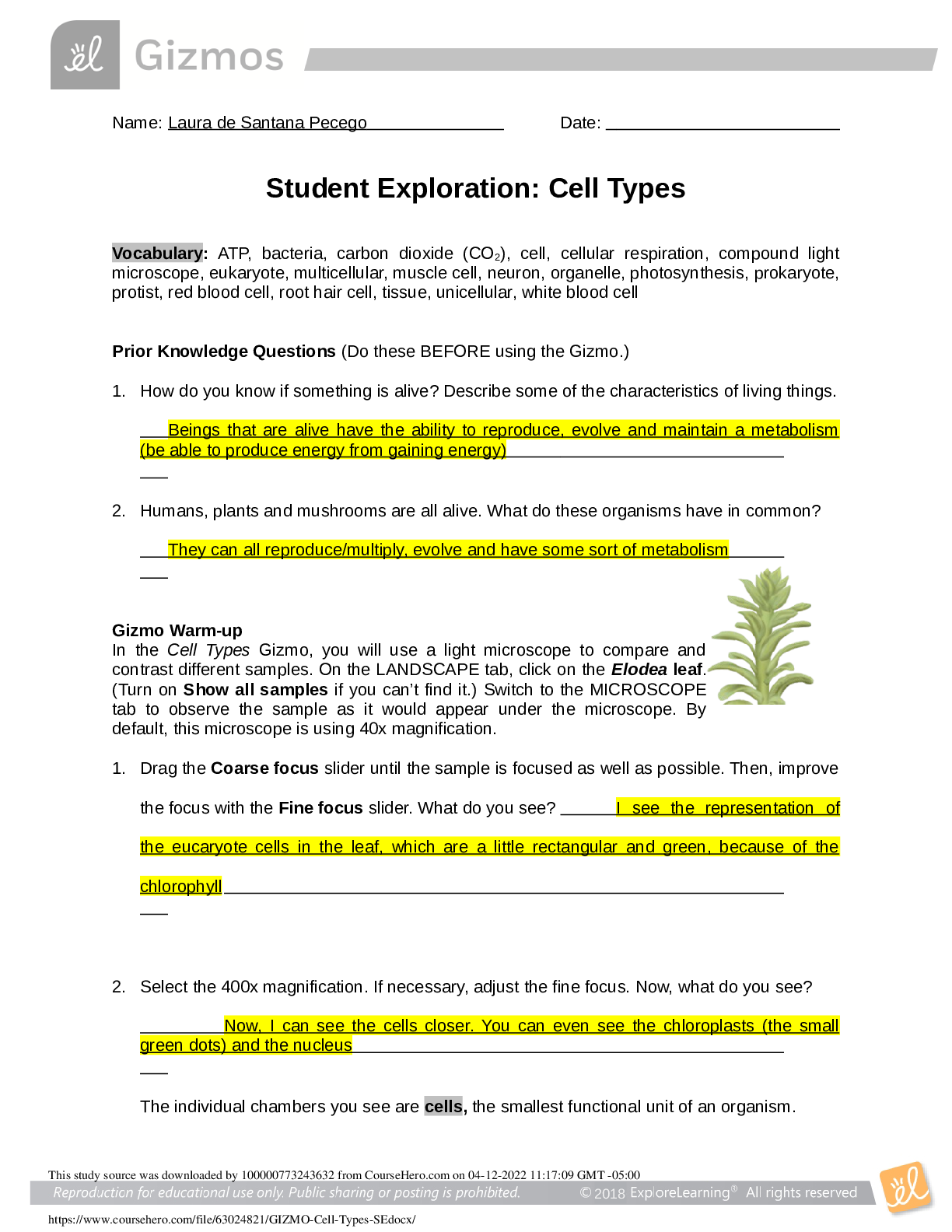

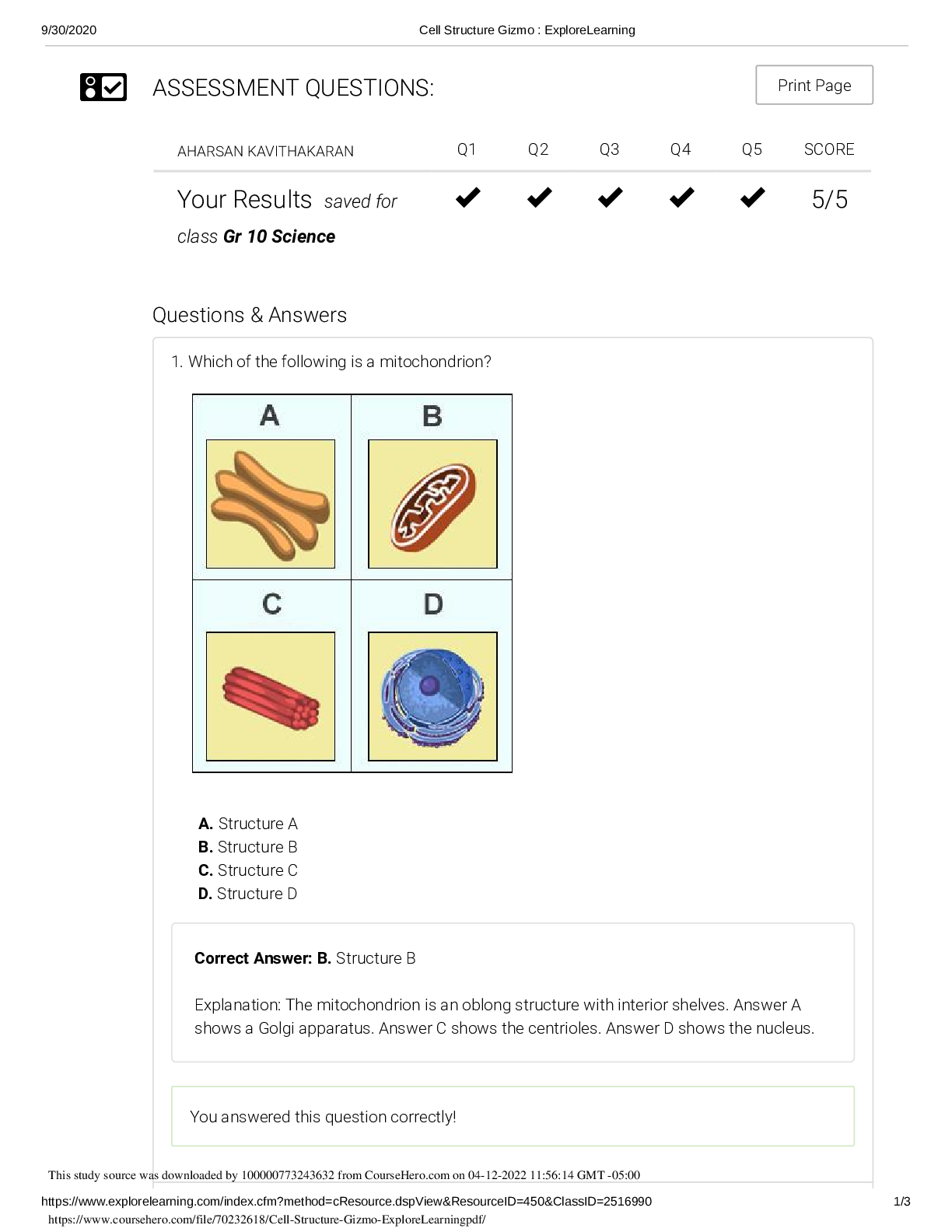
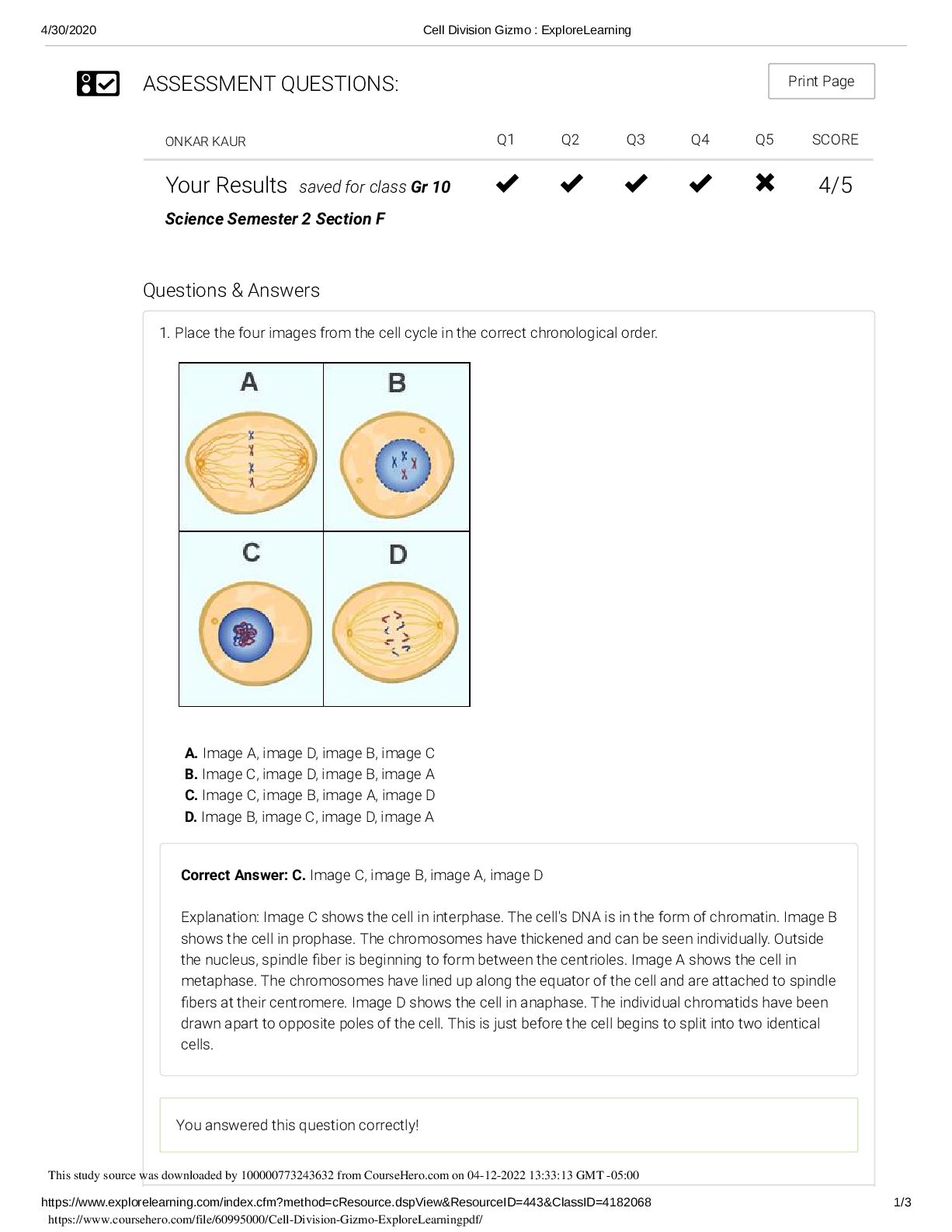


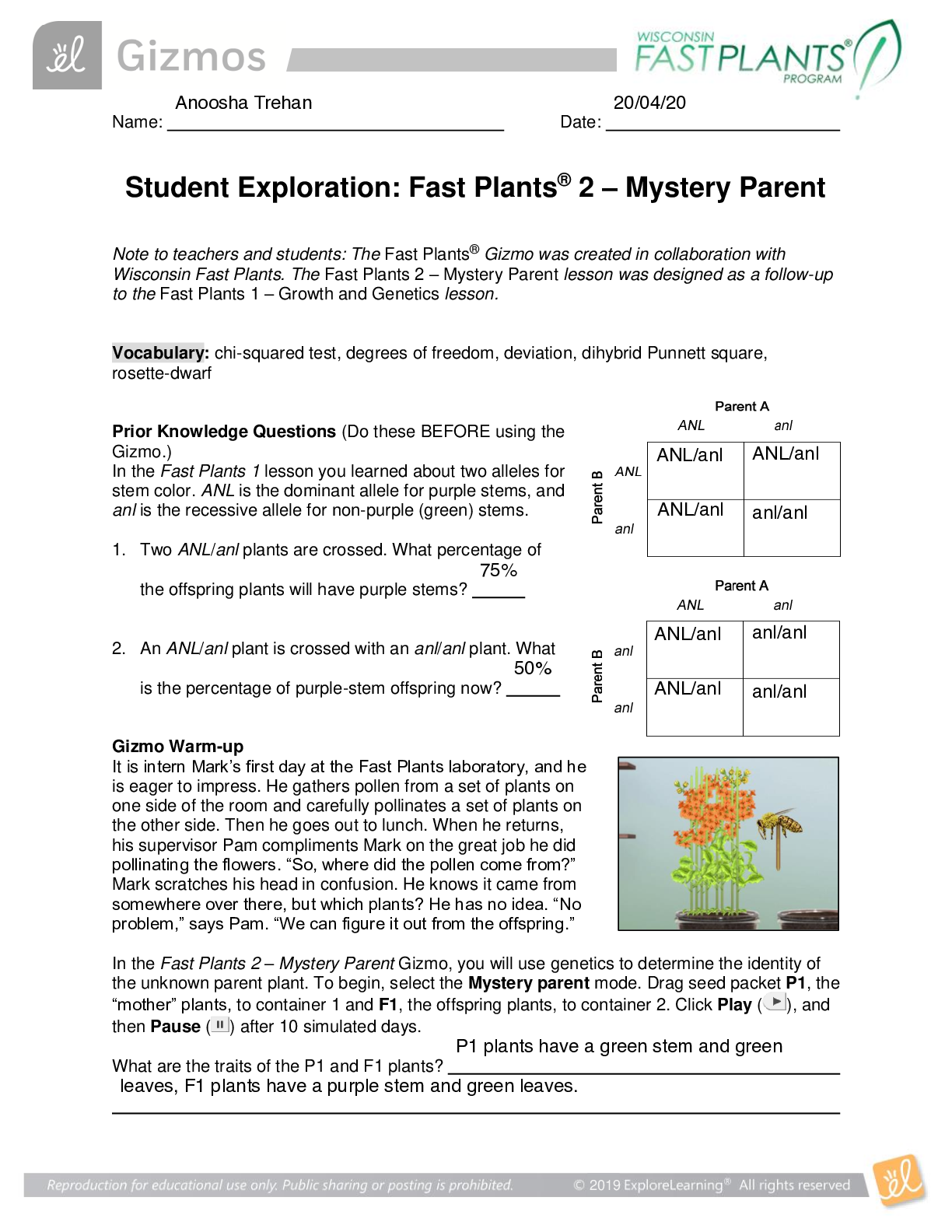

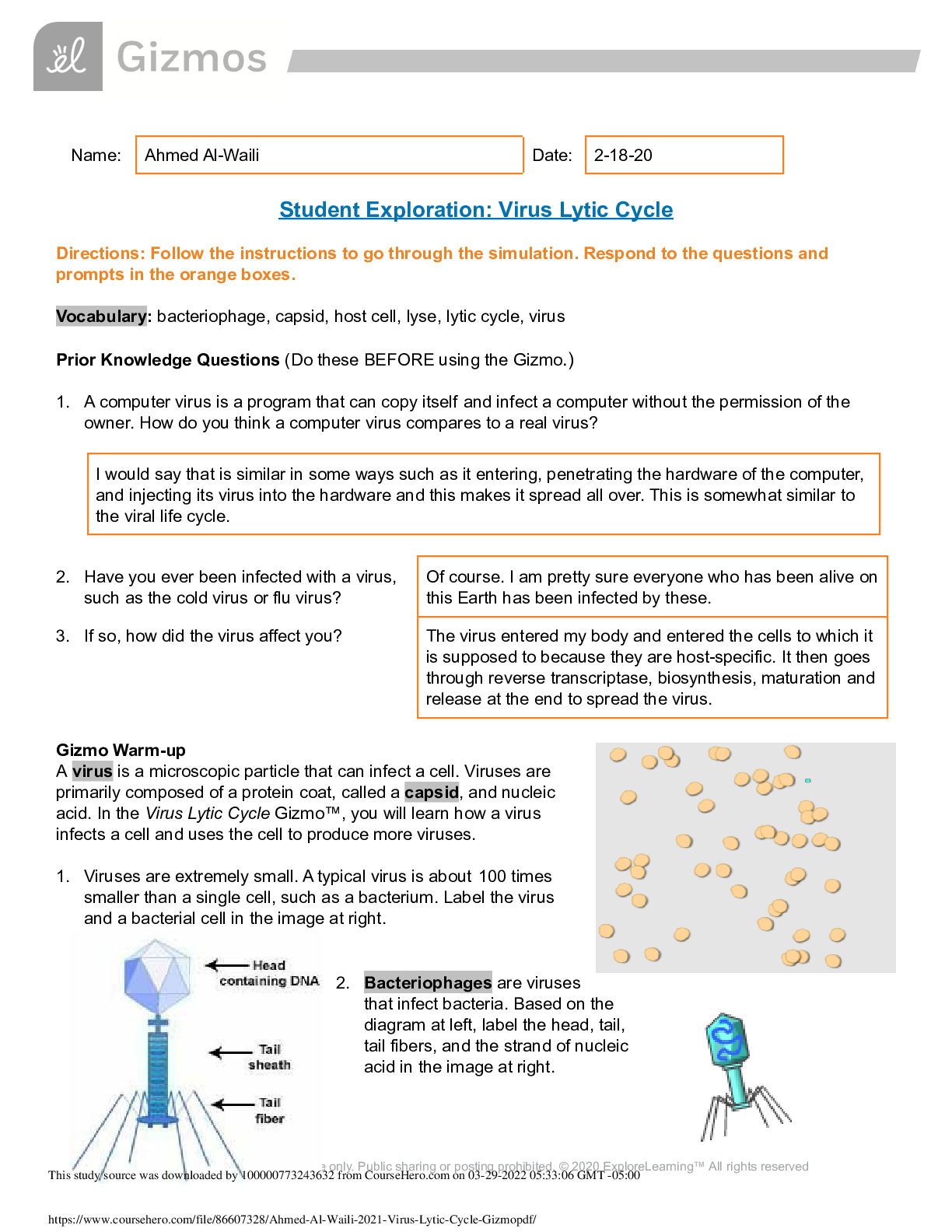
.png)
.png)
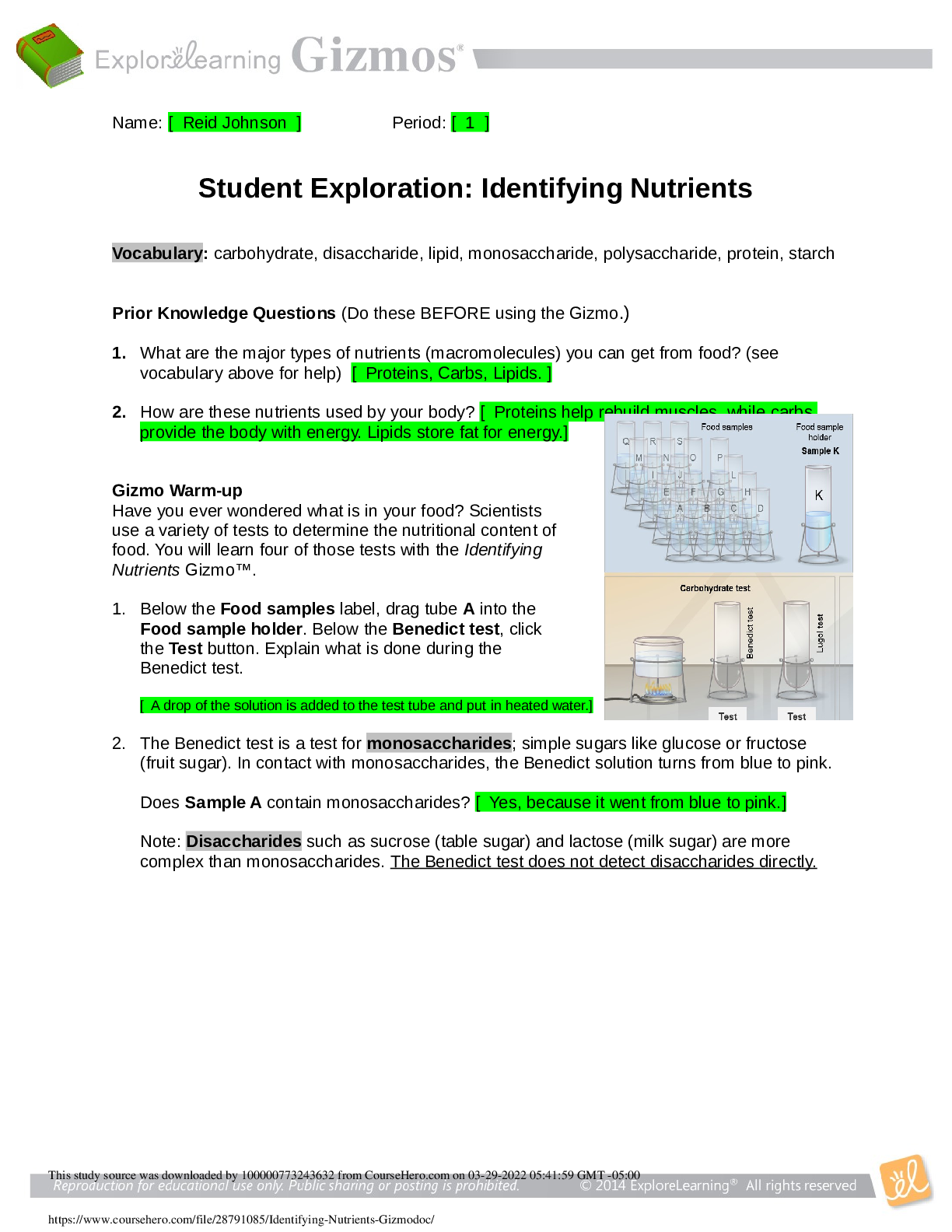


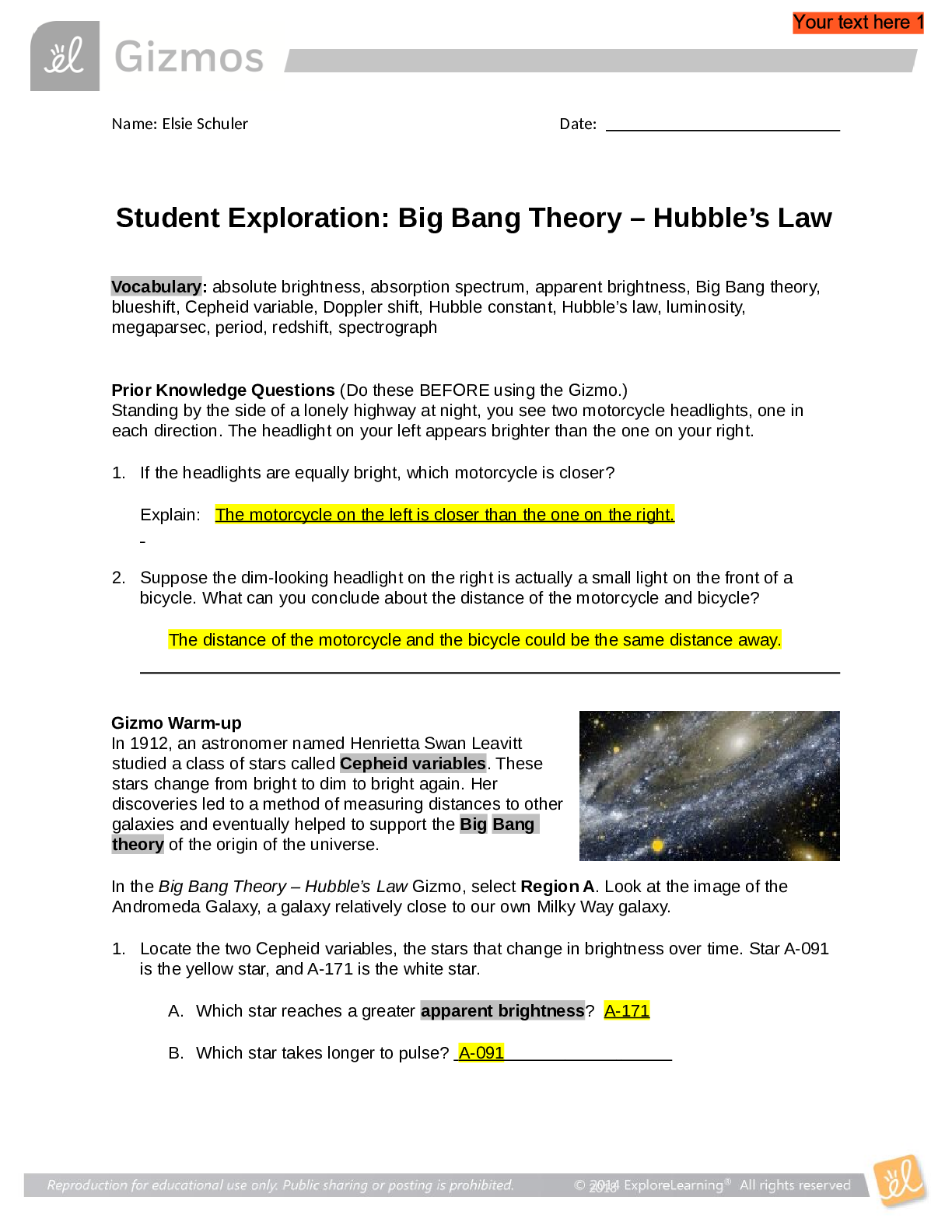


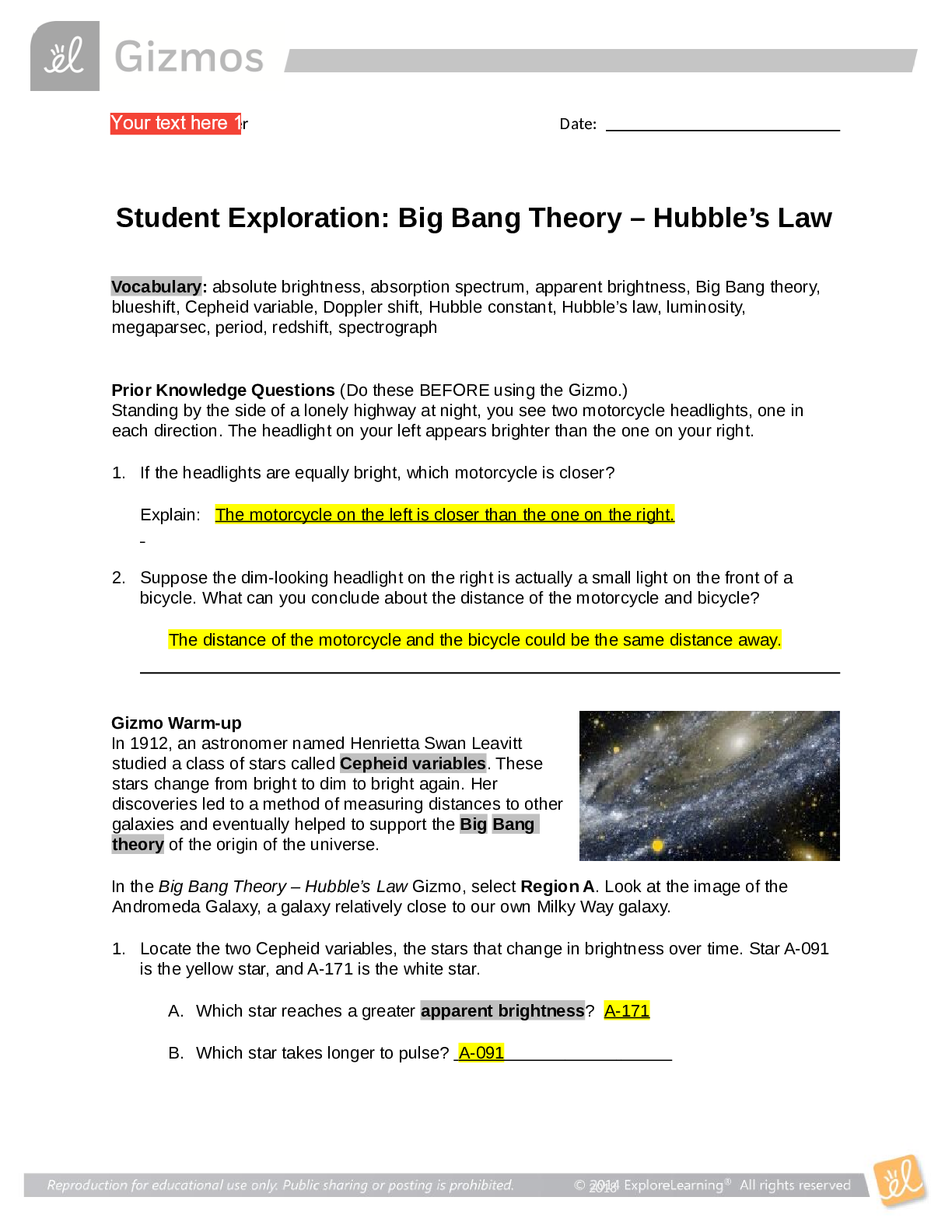
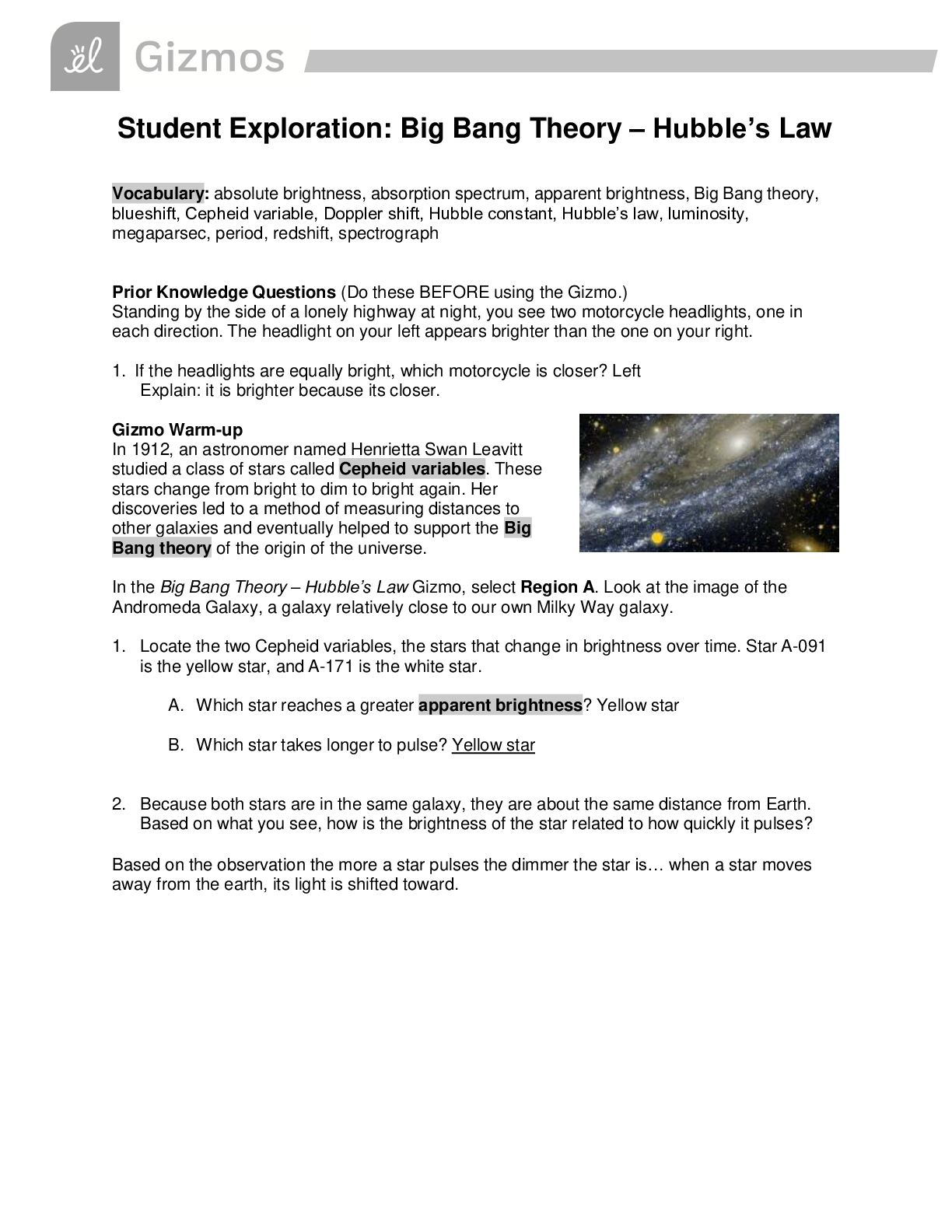

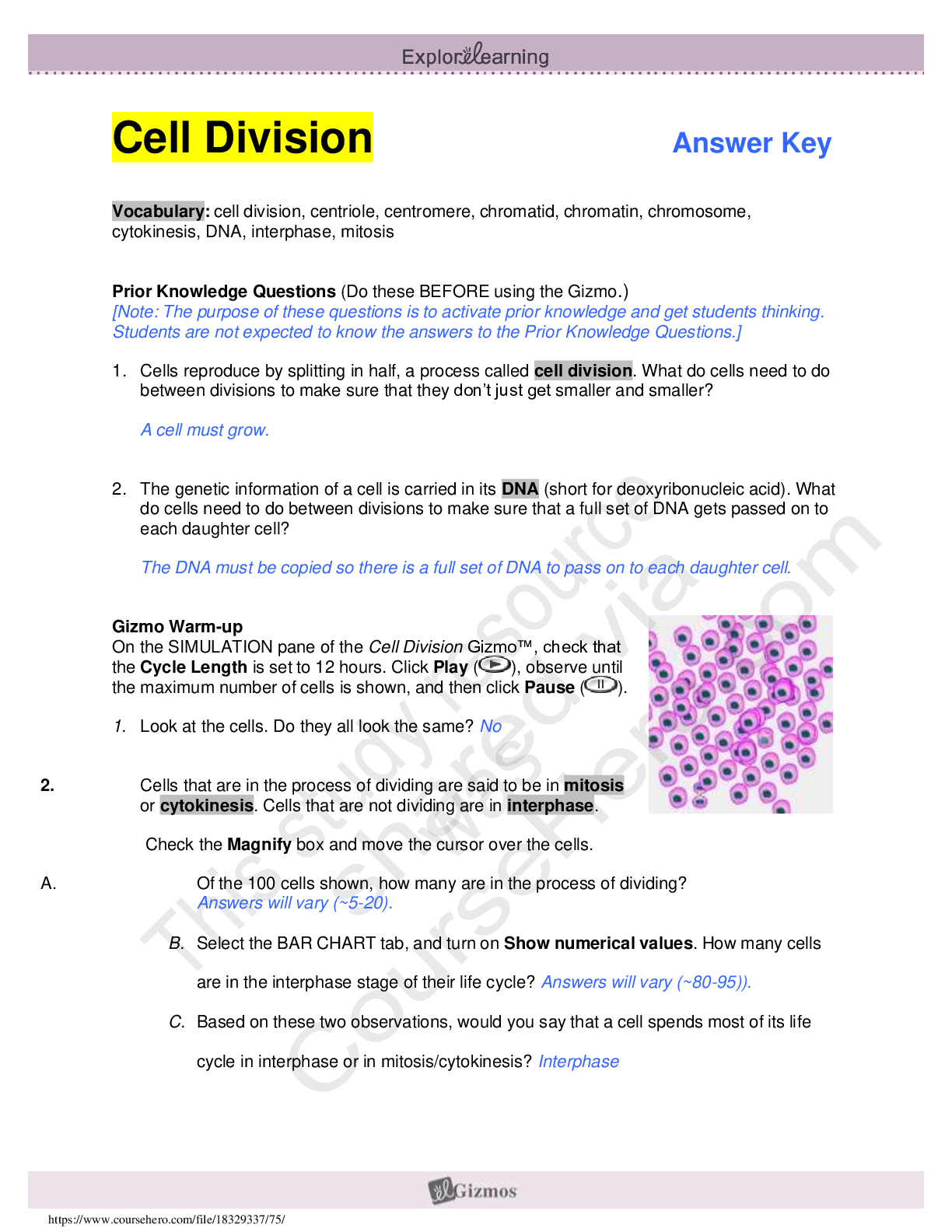
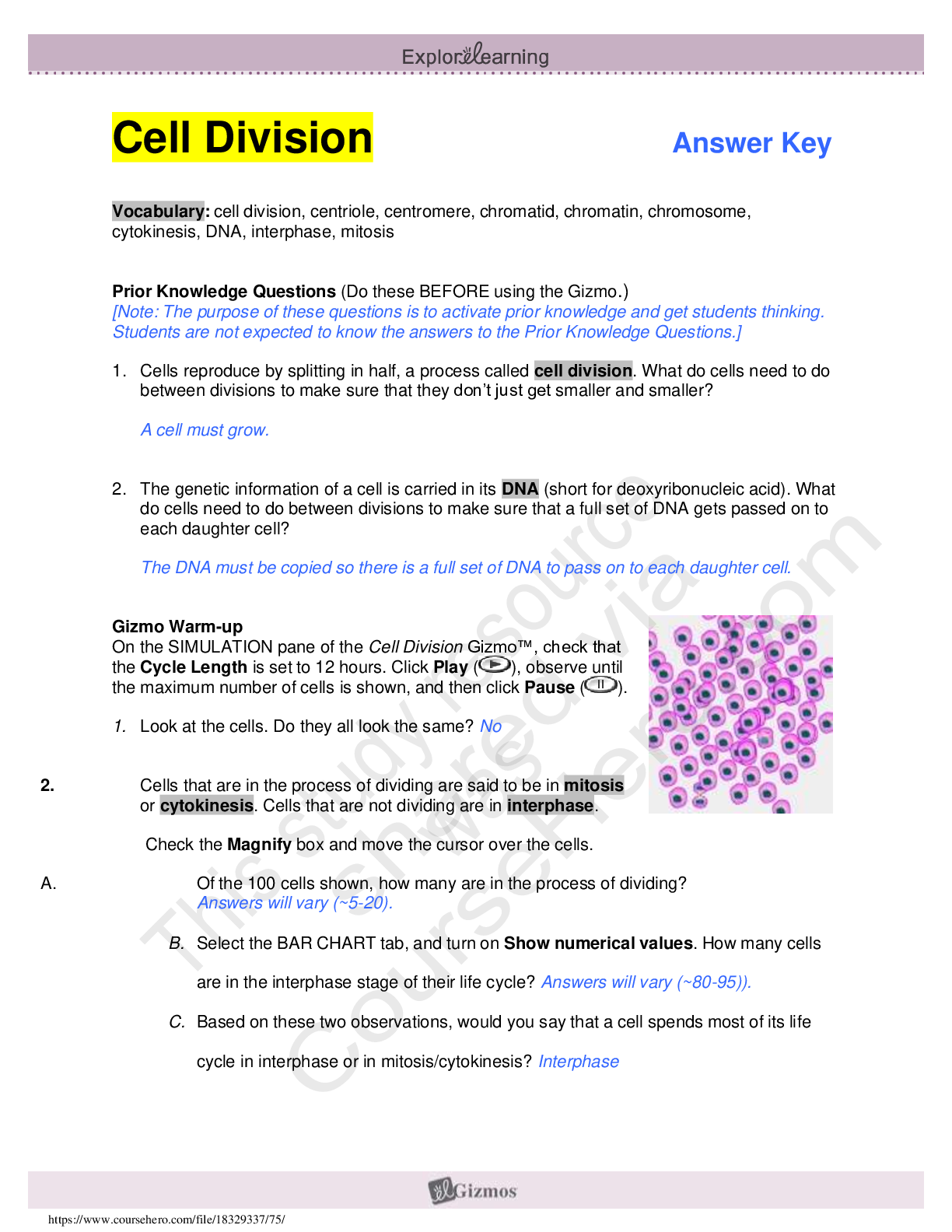
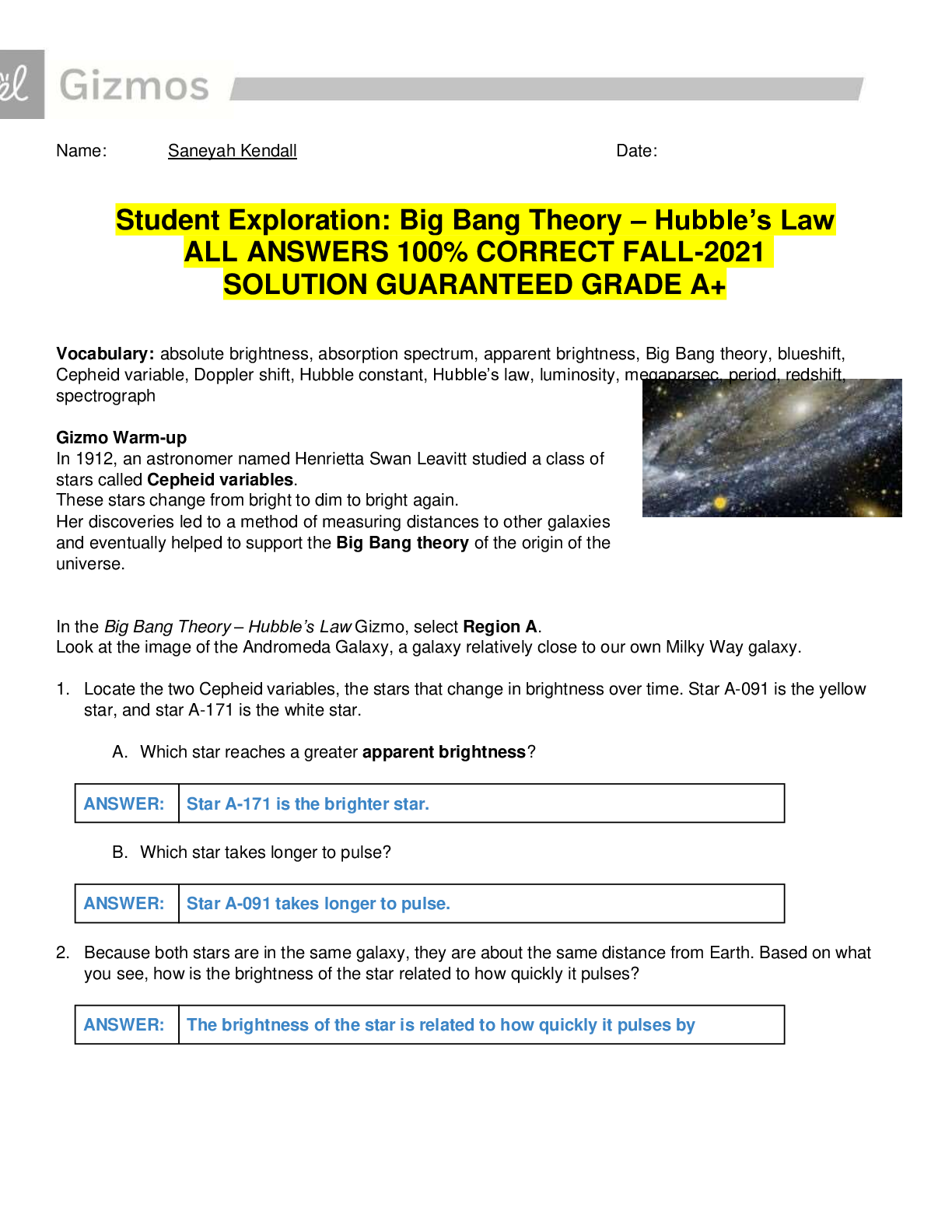

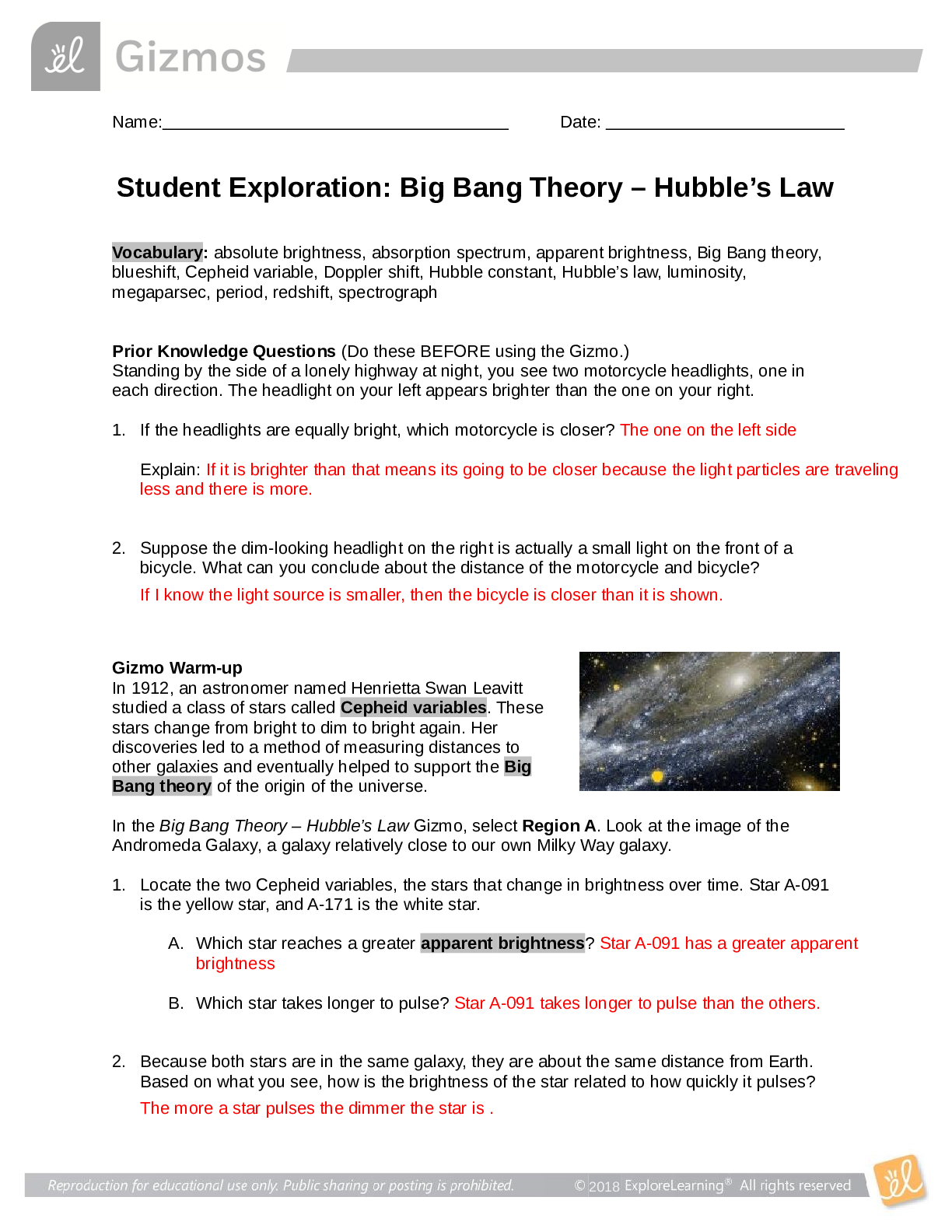
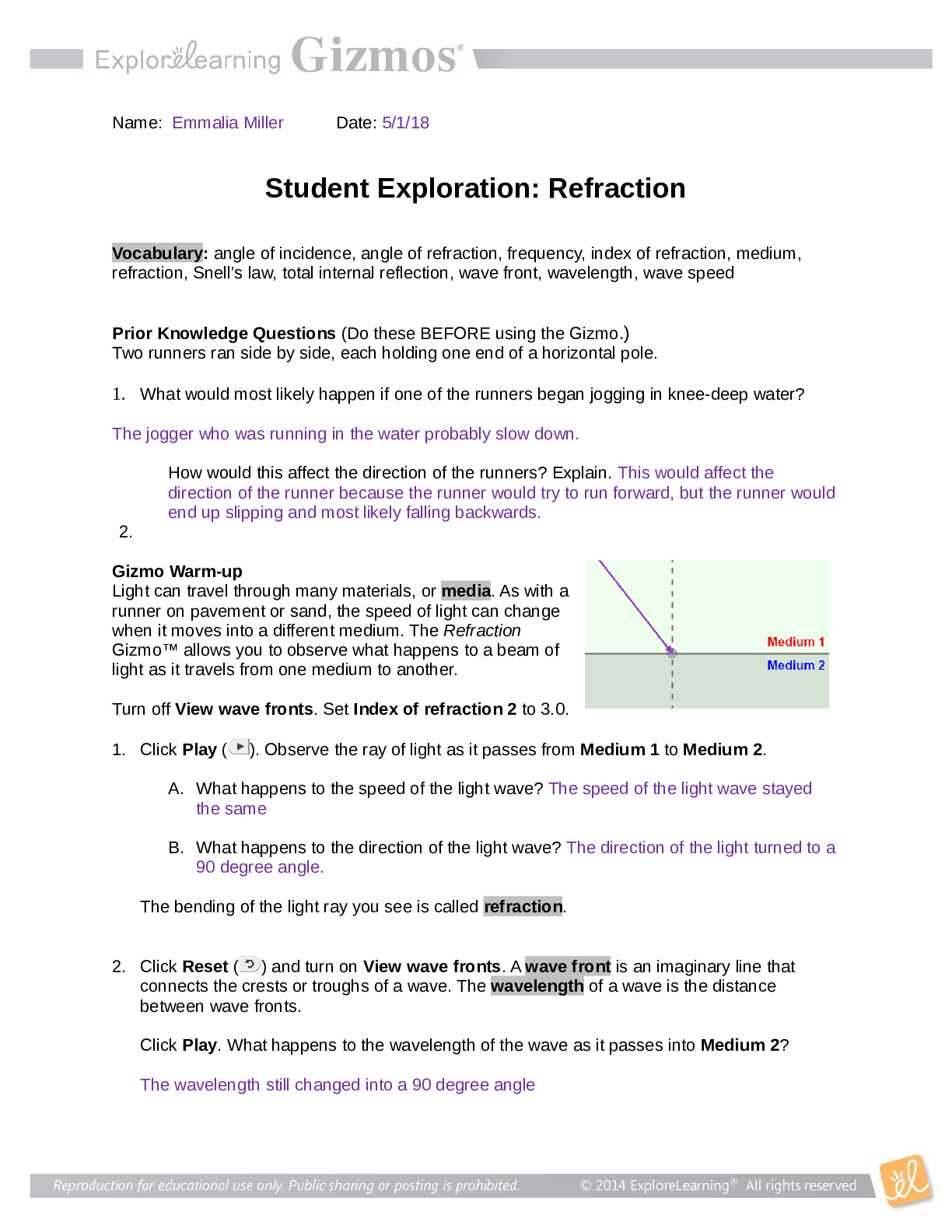

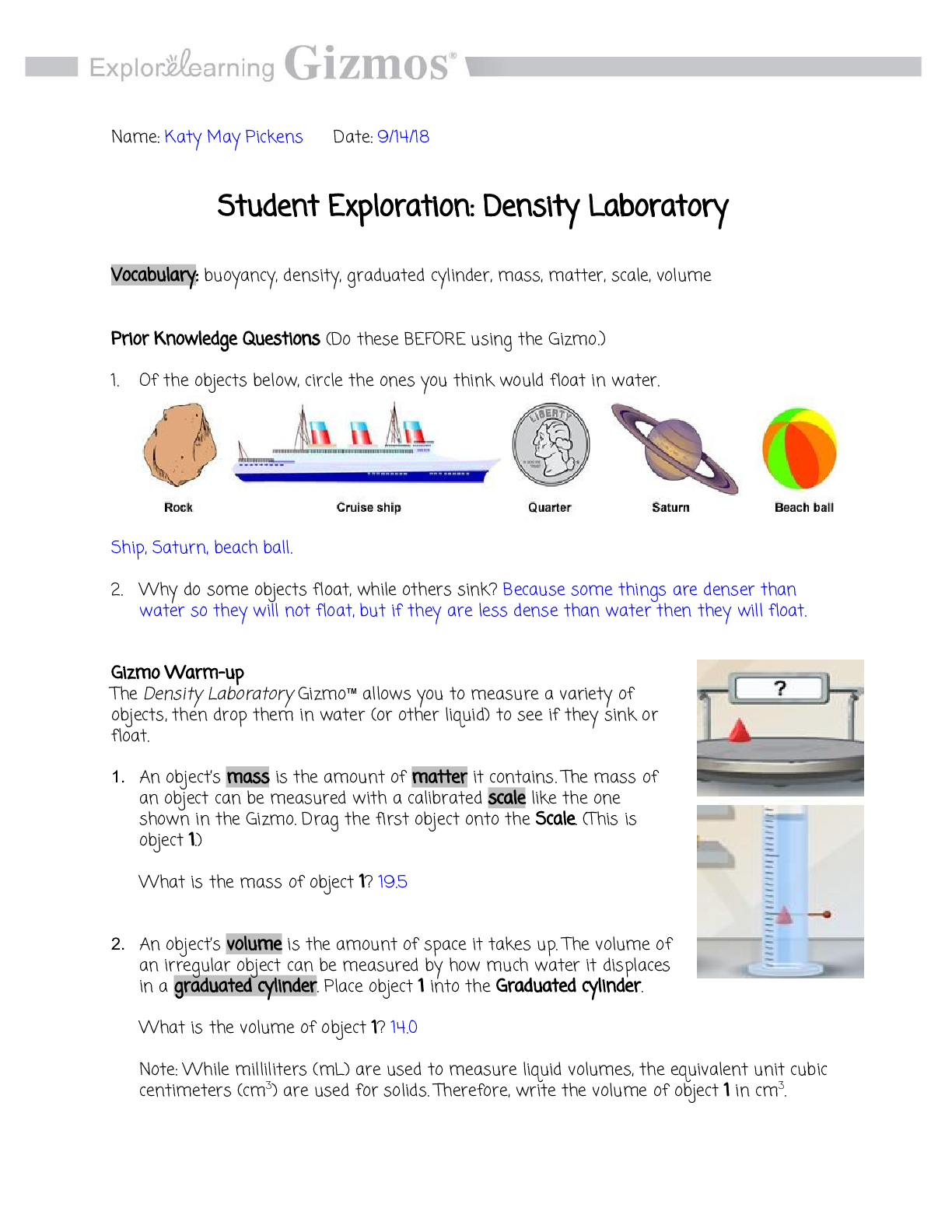
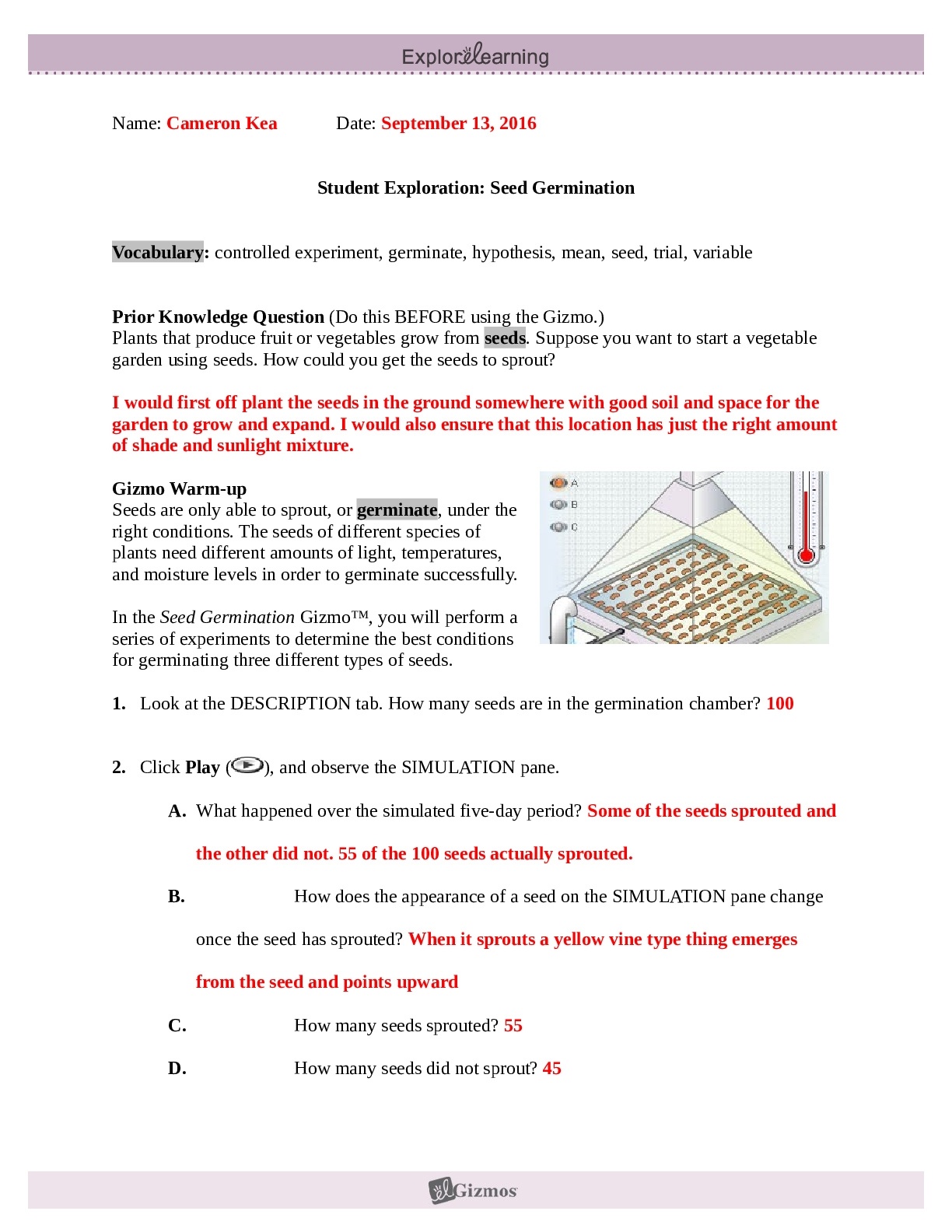

.png)

